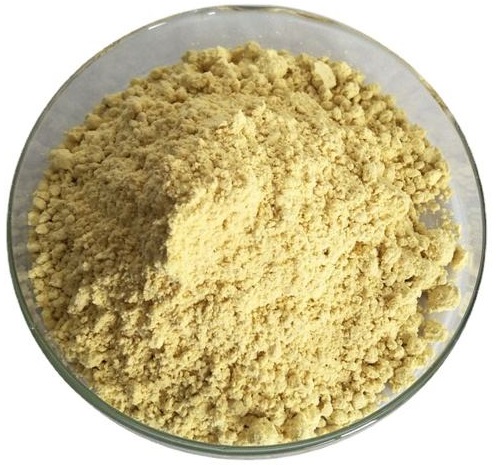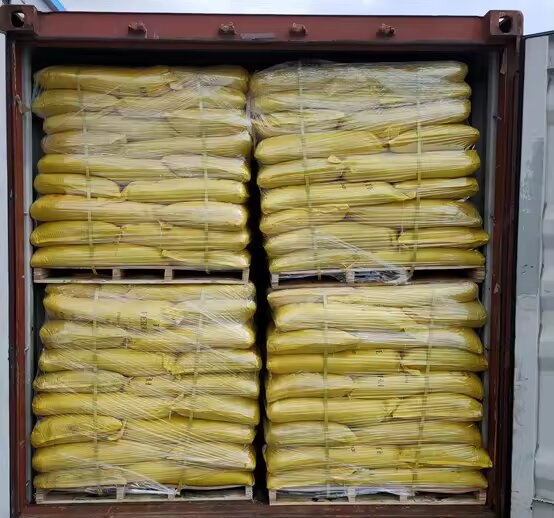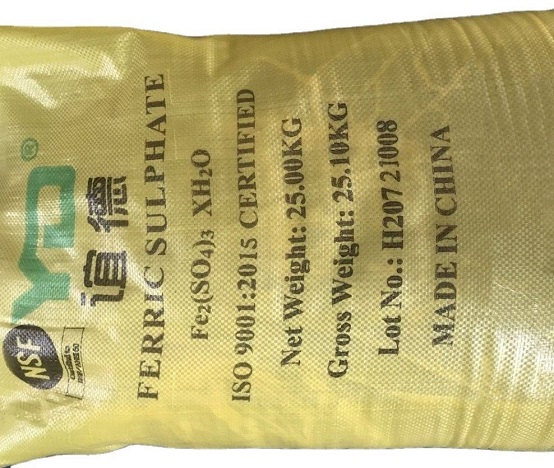Categories
- Tech & News (21)
- Pipes & Fittings (12)
- Valves & Pumps (54)
- Equipment & Tools (11)
- Facilities & Chemicals (10)
Ferric sulfate, also known as iron(III) sulfate, is a chemical compound with the formula Fe2(SO4)3. It’s a powerful coagulant commonly used in water treatment processes. It plays a significant role in these applications:

The sample of ferric sulfate granular particles.

The delivery of ferric sulfate: bag-packed ferric sulfates are stacked onto the pallet and are directly loaded to the container from the factory.
Ferric sulfate, utilized in water treatment processes, is produced through two main methods: oxidation of ferrous sulfate or dissolution of ferric oxide in sulfuric acid. In the oxidation method, ferrous sulfate undergoes a reaction with sulfuric acid and an oxidizing agent, yielding ferric sulfate, which is then purified, concentrated, and crystallized. Alternatively, ferric oxide can be dissolved in sulfuric acid to directly produce ferric sulfate, followed by similar purification and crystallization steps. Careful control of reaction conditions and purification processes ensures the high quality of the final product, ready for use in water treatment and various industrial applications.

The bag packaged ferric sulfate · xH2O (hydrated ferric sulfate) for export.
SJZ Metalsin supplies ferric sulfate chemicals in accordance with a series of international standards including AWWA B406, HG/T 4816, EN 890, and EN 14664. In practice, the ferric sulfate used in water treatment application is a partially hydrated dry ferric sulfate having the basic formula Fe2(SO4)3·xH2O in which x averages approximately 9. This hydrated ferric sulfate dissolves rapidly in water, as contrasted with anhydrous ferric sulfate, which dissolves very slowly in water. Its hydrated structure allows it to readily dissociate in water, releasing ferric ions (Fe3+) and sulfate ions (SO4^2-) that aid in the coagulation and precipitation of contaminants. Overall, the greater solubility and ease of dissolution of hydrated ferric sulfate can lead to enhanced performance and operational efficiency in water treatment applications.